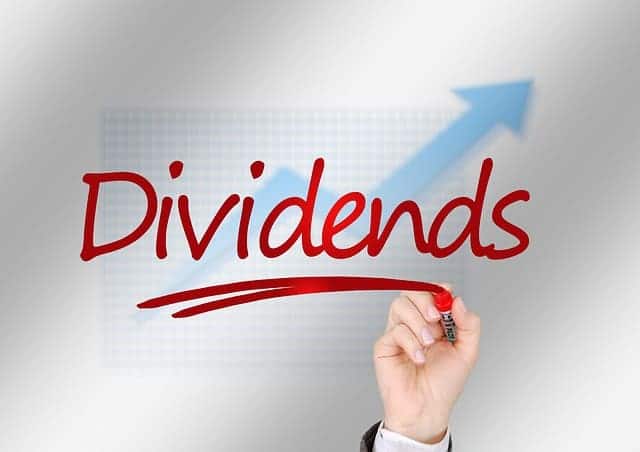Tax-Free Savings Accounts (TFSAs) offer Canadians who are 18 and older the opportunity to set money aside and earn investment income without having to worry about the taxman, even when it’s withdrawn.
If you don’t already have a TFSA, you should strongly consider opening one, and if you do have one, here are two great dividend stocks you could add to it today.
Pembina Pipeline Corp.
Pembina Pipeline Corp. (TSX:PPL)(NYSE:PBA) is a pure-play energy infrastructure company. It has operations in Canada and the United States, and its assets include conventional pipelines, oil sands pipelines, natural gas gathering and processing facilities, fractionation plants, midstream storage facilities, and truck terminals.
Pembina currently pays a monthly dividend of $0.16 per share, representing $1.92 per share on an annualized basis, and this gives its stock a generous 4.4% yield today.
It’s of the utmost importance to confirm the safety of a stock’s dividend, especially when considering it for your TFSA, and you can do this with Pembina by checking its cash flow. In its fiscal year ended on December 31, 2016, its adjusted cash flow from operating activities totaled $986 million ($2.54 per share), and its dividend payments totaled just $737 million ($1.90 per share), resulting in a sound 74.7% payout ratio.
Not only does Pembina offer a high and safe yield over 4%, but it’s also a top dividend-growth play. It has raised its annual dividend payment for five consecutive years, and its 4.9% hike that took effect in April 2016 has it on pace for 2017 to mark the sixth consecutive year with an increase.
I think Pembina is well positioned to continue growing its dividend in the years ahead as well. I think its consistently strong growth of adjusted operating cash flow, including its 13% year-over-year increase to $878 million in 2015 and its 12.3% year-over-year increase to $986 million in 2016, and its growing asset base which will fuel future cash flow growth, including its $4 billion of major projects that will be commissioned by the end of this year, will allow its streak of annual dividend increases to continue for another six years or more.
Laurentian Bank of Canada
Laurentian Bank of Canada (TSX:LB) is one of Canada’s leading providers of financial products and services to individuals, businesses, real estate developers, and independent advisors, and it operates a full-service brokerage.
It currently pays a quarterly dividend of $0.61 per share, representing $2.44 per share on an annualized basis, giving its stock a rich 4.1% yield at today’s levels.
It’s very easy to confirm the safety of Laurentian Bank’s +4% yield; all you have to do is check its dividend payments as a percentage of its net income. In its three-month period ended on January 31, its adjusted net income available to common shareholders totaled $48.47 million, and its dividend payments totaled just $20.65 million, resulting in a 42.6% payout ratio, which is at the low end of its target payout range of 40-50%.
On top of having a high and safe 4.1% yield, Laurentian Bank is one of the industry’s best dividend-growth plays. It has raised its annual dividend payment each of the last nine years, giving it a longer active streak than Canada’s six largest banks, and its two hikes in the last 10 months, including it 3.5% hike in June 2016 and its 1.7% hike in December 2016, have it on pace for 2017 to mark the 10th consecutive year with an increase.
As mentioned before, Laurentian Bank has a target dividend-payout range of 40-50% of its adjusted net income available to common shareholders, so I think its continued growth, including its 17.3% year-over-year increase to $48.47 million in the first quarter of 2017, and its growing asset base which will help drive future growth, including its 7.1% year-over-year increase to $43.12 billion in the first quarter, will allow its streak of annual dividend increases to easily continue into the late 2020s.
Is one a better bet today?
Pembina Pipeline and Laurentian Bank both offer high, safe, and growing dividends, making them strong buys in my book. With this being said, I don’t prefer one to the other, so I would either buy both or flip a coin to decide between them.








